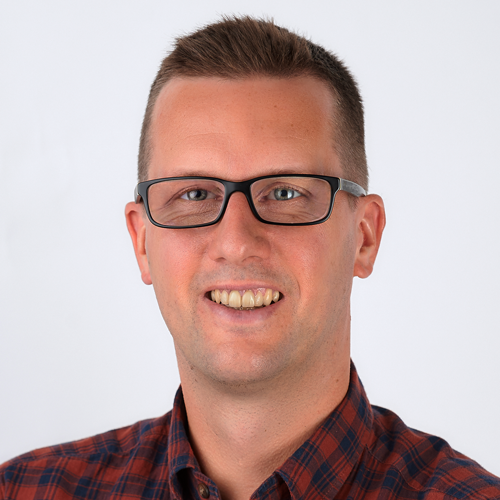 \
&
Contact us
\
&
Contact us
 \
&
Contact us
\
&
Contact us
Published on | 2 years ago
Last updated on | 4 weeks ago

pascal.verheye@vlaio.be
We take soils for granted but they are a scarce, non-renewable and threatened resource. 60-70% of the EU soils are unhealty. The Soil Mission aims to lead the transition towards healthy soils by
The Mission will support the EU’s ambition to lead on global commitments, notably the Sustainable Development Goals, and contribute to the European Green Deal targets on sustainable farming, climate resilience, biodiversity and zero-pollution. It is also a flagship initiative of the long-term vision for rural areas.
In a Living Lab, experimentations happen in real-life conditions, operating with end-users i.e. commercial farms or forest exploitations, urban green parks or industrial sites and other actors such as local authorities. It will be partnerships between multiple actors, like researchers, farmers, foresters, spatial planners, land managers, and citizens who come together to co-create innovations for a jointly agreed objective.
Lighthouses are single sites, like a farm or a park, where to showcase good practices to inspire other practitioners. These are places for demonstration and peer-to-peer learning. In lighthouse sites, researchers work together with land managers to ensure that research responds to concrete needs encountered in the field.
The Soil Mission Implementation Plan aims to be the operational blueprint for how the Commission will deliver on the main goal and the objectives of this Mission, providing an operational course of action.
The Commission invites researchers and innovators as well as citizens and all interested stakeholders to take part in the Soil Mission. Forthcoming and open calls for the Soil Mission are published here.
A portfolio of projects & results on soil research and innovation funded under past framework programmes FP6 (2002-2006), FP7 (2007-2013) and Horizon 2020 (2014-2020) and the current Horizon Europe framework programme (2021-2027) can be found in the CORDIS database.
Soil-related projects supported by European Regions can be found in the KOHESIO database.
The Commission has made its first assessment of the EU Missions in a Communication published in the 3rd quarter of 2023. It expresses the Commissions support for the continuation of the 5 EU Missions. An external assessment of EU Missions was commissioned to underpin the Commission assessment, including a review of the Soil Mission. You can find the summary of this review here & the full review is available here .
Find it out here.
We offer news and event updates, covering all domains and topics of Horizon Europe, Digital Europe & EDF (and occasionally, for ongoing projects, Horizon 2020).
Stay informed about what matters to you.
By signing up, you can opt in for e-mail notifications and get access to
a personalised dashboard that groups all news updates and event announcements in your domain(s).
Only for stakeholders located in Flanders

The AgrifoodTEF, funded under the Digital Europe call for a Testing and Experimentation Facility for Agri-Food, is a network of world-class testing and experimentation facilities (TEFs) in the agri-food sector that supports testing state-of-the-art data, AI, and robotics solutions in real-world environments to accelerate their market introduction. ILVO, Flanders Research Institute for Agriculture, Fisheries and Food, the Flemish node of the AgriFoodTEF supports the entire agri-food business, leveraging its infrastructures, experience and vast network established through participation in numerous Digital Europe and Horizon Europe initiatives.